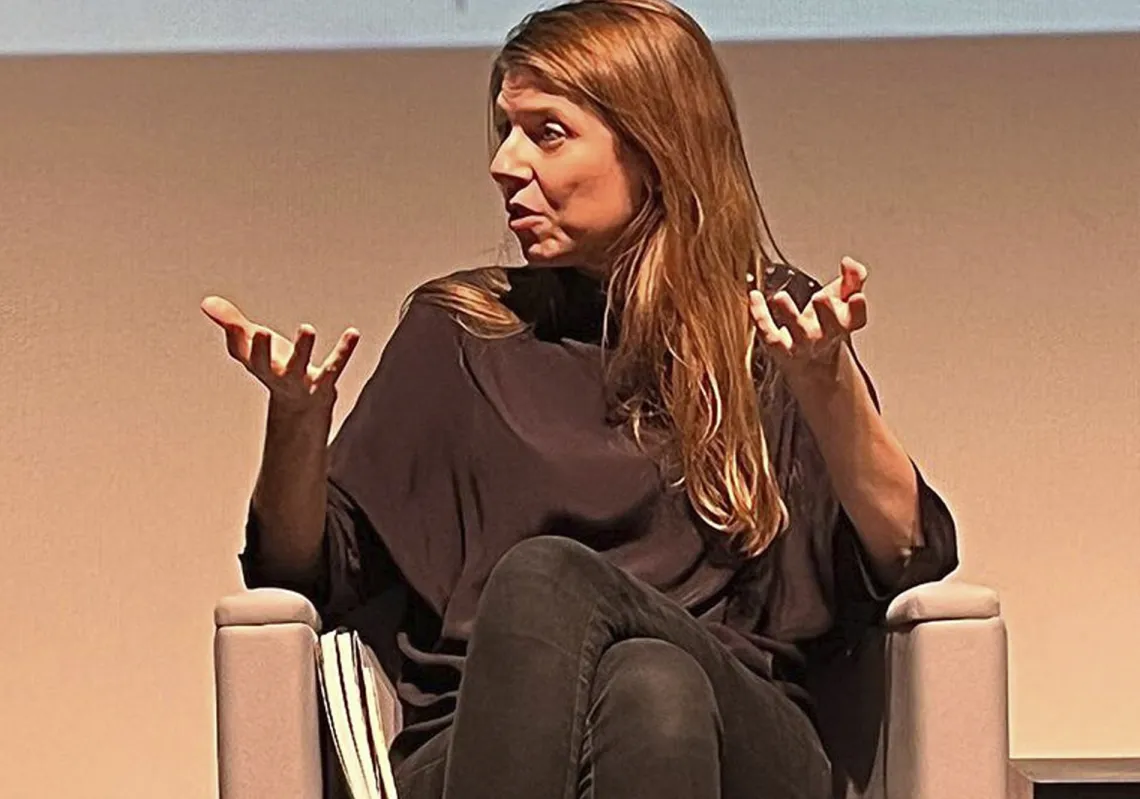Whether an economy thrives depends in large part on how it treats ideas, knowledge, and innovation. It was by democratizing technology markets that the United States came to dominate the global economy in the twentieth century. Now China has drawn up ambitious plans to become the world economic leader of the twenty-first century. Its strategies for doing so are controversial. The government restricts foreign firms from operating in China, Chinese companies pirate foreign copyrights, and many blatantly engage in industrial espionage to appropriate the trade secrets of their foreign competitors. China’s defenders invoke history to justify these violations of international norms. Today’s developed countries, they claim, were no better during their own rise to power.
The history of technology transfer in developed countries certainly provides ample examples of intellectual piracy, including early industrial espionage of which China itself was the victim. In the eighteenth and nineteenth centuries, Europeans made continual efforts to steal technical knowhow from China and to acquire the trade secrets of such Chinese innovations as paper, porcelain, and textiles. The British botanical buccaneer Robert Fortune boosted the global tea trade by smuggling specimens of the Chinese tea plant to India in the middle of the nineteenth century.
Yet China’s defenders fail to consider all the evidence. Although copyright protections in the early United States were weak, U.S. patent institutions have always been the strongest in the world in enforcing the rights of inventors. And unlike European patent and innovation systems, which assumed that useful ideas came primarily from elites, the U.S. system was a democratic one. China would benefit from heeding that lesson: control by centralized bureaucrats will never match the results of open competition and spontaneous coordination in the market.
PATENT PROGRESS
In early modern Europe, conventional wisdom held that only elites, with their access to specialized knowledge, could produce meaningful technological advances. European centralized arrangements deliberately made it difficult for ordinary people to benefit from innovations. Patents were granted not as incentives for creativity but, rather, as a source of revenue for the government. Arbitrary awards of prizes, made by the state and elite institutions such as the Royal Society of Arts in London, failed to encourage useful inventions at appropriate prices, and frequently facilitated bias and corruption more than anything else. Cultural creativity, too, was regarded as the province of elites, so copyrights were much more strongly protected than patents.
The United States rejected that approach. The U.S. Constitution was the first national constitution to include an intellectual property clause. It gave Congress the power “to promote the progress of science and useful arts, by securing for limited times to authors and inventors the exclusive right to their respective writings and discoveries.” This strong endorsement of property rights, accompanied by decentralized markets in ideas, reflected a revolution in thinking about the sources of creativity and economic progress.
The Founders had obtained early copies of Adam Smith’s works and concluded that central planners, who lack the incentives and information to allocate resources where they will prove most beneficial, could not replace markets. They also realized that elite groups, such as the committees who bestowed innovation prizes, were likely to disagree with the mass market over what was valuable.
This was the most striking advance made by the U.S. system. American institutions were designed to ensure open access, so that incentives and rewards were based on success in the marketplace rather than on class, patronage, or privilege. As the American commissioner to the London Crystal Palace Exhibition of 1851 declared, “We showed the results of pure democracy upon the industry of men.”

That approach to intellectual property propelled the United States to global economic leadership. Market oriented policies encouraged a diverse population of American inventors to generate more useful ideas and greater economic returns than Europe’s elite-driven system. Historical research shows that when markets expanded, the prospect of profit led to a remarkable surge in creativity by people from every background. Inventors of humble origins benefitted disproportionately from the security that property rights offered. They succeeded not by the favor or decrees of administrators but because their creations satisfied the ultimate judges: consumers.
In direct contrast to the innovative patent system, the nineteenth-century U.S. copyright regime was one of the world’s weakest. At that time, the United States had little incentive to create strong copyright laws because American cultural goods were not competitive overseas. As one English commentator noted, “In the four quarters of the globe, who reads an American book? Or goes to an American play?” Throughout the century, the United States was reviled as a flagrant copyright pirate. When Charles Dickens gave a lecture tour in America, fans of his novels flocked to hear him. He earned more from his lectures than from any of his works in the United Kingdom. The topic of many of his talks? How immoral American “brigands” were for infringing on his copyrights.
Weak copyrights were not all bad. They produced measurable benefits for society overall. They made it easier to access knowledge, promoted learning and education, and allowed artists to create derivative works. Authors were not unduly harmed because, like modern singers who make more from concert performances than from music sales, they obtained returns from alternative sources. Strict copyright enforcement, Americans acknowledged, would have also required a tradeoff with the principle of free speech.
A century later, the United States was producing cultural goods worth protecting and so, in 1890, it began recognizing international copyrights. Even then, U.S. copyright rules were among the weakest in the world, balancing the rights of authors against those of the public. The United States failed to qualify for membership in the international Berne Convention for copyrights until 1988. This combination of strong patent protections and weak copyrights promoted ideas and innovation and accorded well with the objectives of a market oriented democracy.
THE CHINA MODEL
China offers a fascinating case study of a centralized administrative system that is attempting to create a top-down market for ideas. The Chinese attitude toward intellectual property rights today is as frankly utilitarian as the U.S. attitude was in the nineteenth century. Take the film industry. Back when the market for domestic films was not well developed in China, there was little incentive to offer copyright protection for movies. In recent years, however, Chinese-made films have become more profitable and the industry has begun to worry about piracy. In 2017, China enacted a new law that imposes stiff penalties on those who infringe copyrights in films.
Chinese bureaucrats have drawn up a list of policies that correlate with technological prowess, and are busy directing immense resources to boost each category. Investments in education, science and technology, universities, and institutions that protect intellectual property have all surged. As a result, China is now among the global leaders by almost every quantitative measure of science and technology research inputs. The number of scientists and engineers in China jumped from 1.2 million in 1982 to 3.2 million in 2010. That year alone, Chinese universities granted some 1.1 million undergraduate degrees in those subjects. Chinese citizens make up the largest group of foreign students in U.S. doctoral programs, and Chinese scholars are second only to their American counterparts in numbers of scientific papers published. Influential businesspeople and elite scientists have even funded a Chinese version of the Nobel Prizes.
Patent applications in China have grown exponentially over the last decade, and Shenzhen-based corporations such as Huawei and ZTE top the list for international patents. This dramatic rise is largely the result of concerted efforts by the state. It offers an array of incentives for those who file patents. Patentees in China improve their chances of receiving academic tenure, scarce residence permits in attractive locations, and cash bonuses. Firms leverage their inflated patent portfolios to acquire government benefits that range from large credits and subsidies to profitable state contracts. This has led to a heavy emphasis on the number of patents filed, which has meant that domestic patents in China are generally of lower (but improving) quality than comparable foreign patents.
Scientific research in China suffers from a similar problem. Researchers in a flourishing publications black market engage in questionable practices to manipulate measures of research quality, such as the number of citations. Perhaps inevitably, state bureaucrats fail to appreciate that quantity does not necessarily imply quality. These manipulative practices create widespread distortions and misallocate resources and research talent.
HOW TO COPY RIGHT
The Chinese example thus highlights the costs of centralizing innovation, which can easily incentivize inefficiency and corruption rather than technological progress. Those who defend current Chinese top-down strategy are right that it mimics the nineteenth-century European belief in central direction and the importance of elites. And copyright enforcement in China, just as in English history, is linked to censorship and state efforts to control free expression. But this cherry-picking from history misses crucial differences between the democratic American experience and the authoritarian Chinese strategies. It is just those differences that explain the United States’ economic dominance over the last century.
China’s experience has lessons for the West, too. Even in the United States, many academics and policymakers often assume that “ordinary” people have little to contribute to technological discovery, which should be left to highly specialized engineers, computer scientists, or quantum physicists. This claim confuses technical value with commercial value and underestimates the importance of risk-taking. As Thomas Jefferson noted, a technically minor invention can be “infinitely more valuable than the greatest which can be used only for great objects. For these interest the few alone, the former the many.” Many of the founders of the world’s most valuable companies—including Michael Dell, Larry Ellison, Bill Gates, Travis Kalanick, and Mark Zuckerberg—never attended college or dropped out before graduation. The legendary Chinese entrepreneur Jack Ma had not written a line of code before founding Alibaba. Bureaucrats are unlikely to identify such seemingly unqualified people who have the potential to make vast and disruptive contributions.
Global economic leadership requires promoting productivity, efficiency, and the standard of living per person. Despite China’s high rate of economic growth, Chinese productivity figures and GDP per capita remain significantly below those of the United States. Joseph Story, the U.S. Supreme Court Justice who shaped many of the early U.S. intellectual property rules, urged an audience in 1829 to “Ask yourselves, what would be the result of one hundred thousand minds ... urged on by the daily motives of interest, to acquire new skill, or invent new improvements.” Especially in a country of more than one billion people, economic progress depends on private initiative and a market that rewards individual entrepreneurship and innovation. China has benefitted from removing constraints on its markets. But until it realizes that decentralization is a prerequisite for self-sustaining growth, China will fail to overtake the United States.









